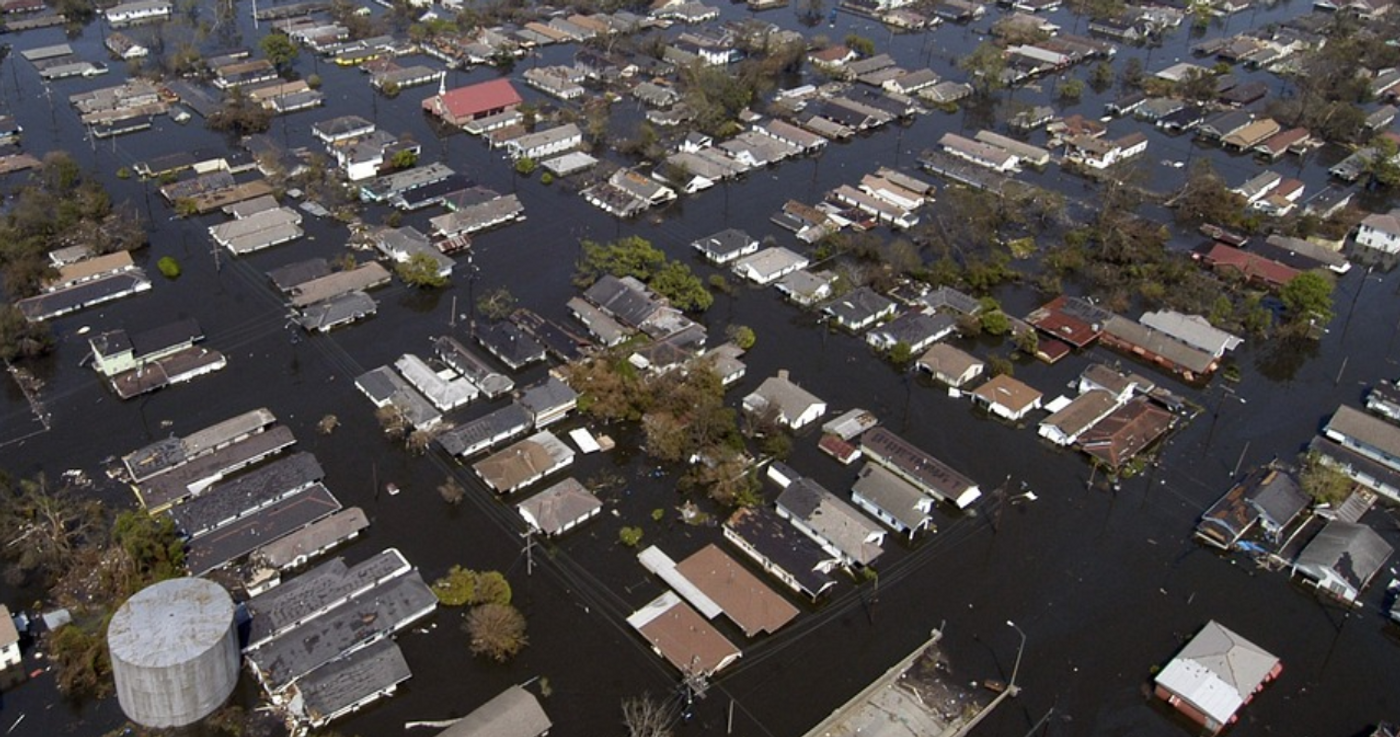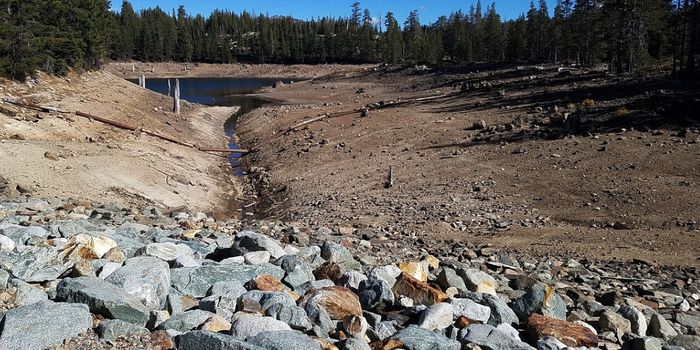Erratic Rainfall is Connected to Climate Change
Rainfall is seems to be increasingly erratic around the world. Regions will be subjected to severe droughts that can last months or years, only to then experience extreme rainfall or flooding events. This seems to be happening with increasing frequency in many areas. A new report has examined these patterns, and has determined that unpredictable rainfall patterns are linked to climate change. This may be the first time that research has shown that human-induced climate change is making rainfall more volatile. The findings have been reported in Science.
This work analyzed rainfall variability data going back to the 1900s; this included information about rainfall level and timing, on daily and seasonal scales and can show how uneven rainfall is. Low variability indicates that rain falls in roughly even patterns over time. But when variability is high, precipitation is unevenly distributed over time, and dry and wet periods emerge. Some areas may have long dry spells followed by intense rain storms that can drop what would usually be a year's worth of rain within a few days. Regions may start to alternate between periods of droughts and floods.
In three-quarters of the land areas under study, rainfall variability was found to increase more than 75 percent. This change was particularly notable in Australia, Europe, and North America.
The researchers noted that this variability is only likely to increase as the climate continues to change and the average global temperature keeps increasing. The average amount of daily rainfall has also increased 1.2 percent every decade.
"The increase in rainfall variability is mainly due to anthropogenic greenhouse gas emissions, which have led to a warmer and more humid atmosphere. This means that even if the atmospheric circulation remains the same, the additional moisture in the air leads to more intense rain events and more drastic fluctuations between them," explained lead study author Dr. Zhang Wenxia, an associate professor at Institute of Atmospheric Physics (IAP) of the Chinese Academy of Sciences.
"The future we are anxious about is already here," added corresponding study author Dr. Zhou Tianjun, a professor at the University of Chinese Academy of Sciences (UCAS), among other appointments. "The increased variability in precipitation we observed adds crucial evidence of larger daily changes, making it more difficult to predict and prepare for environmental impacts."
Study co-author Dr. WU Peili of the Met Office noted that rapid and extreme changes in climate patterns are a serious threat to the ecosystem and carbon sinks, as well as economic development and infrastructure. We must address these problems immediately.









